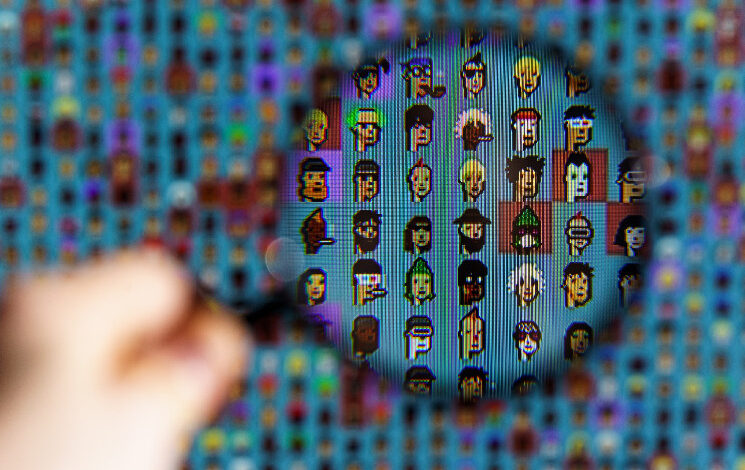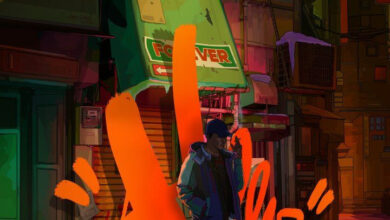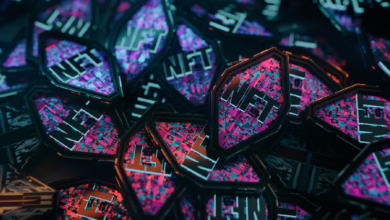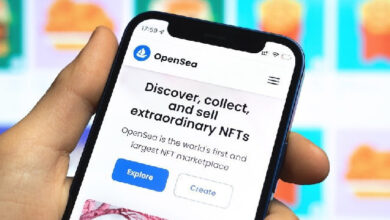Magic Eden Unveils Beta Launch of Its ETH Marketplace

NFT
According to an official announcement, Magic Eden is launching ETH Genesis on April 6th—initially in the form of a beta release. The company explained the move as its latest step toward increasing its cross-chain capabilities. Last week, Magic Eden revealed its expansion to the Bitcoin Blockchain.
Magic Eden Introduces ETH Genesis
This Wednesday, the popular cross-chain NFT platform Magic Eden unveiled its latest cross-chain expansion—ETH Genesis. The Ethereum marketplace will initially launch as a beta on April 6th. The company is also partnering with numerous well-known projects from the ecosystem including Shrapnel, Magna, ZTX, Code Name: Stardust, Hashflow, and many others.
Magic Eden’s team pledged to curate the best NFT mints and facilitate the platform where creators can seamlessly mint and trade ETH NFTs efficiently. The marketplace will also respect royalties for native creations, and hopes to expand the feature across its ecosystem. At the launch, ETH Genesis partners will also see a period of “royalty boost” where they will receive a larger share.
We’ve always respected Ethereum as the largest, most established community for NFTs. We bring proven ability to partner with creators as the only NFT platform that has launched 400+ projects and raised over $120M for creators. We also have a team of shippers that can move nimbly. We think our strengths will continue to serve the growth of ETH’s NFT ecosystem. In the spirit of iteration, we’re going to start making inroads with our own marketplace and dedicated launch partners, and grow from there.
Zhuoxun Yin, COO and co-founder of Magic Eden
Just over a week ago, Magic Eden announced another major expansion. On March 20th, the platform revealed its BTC integration and support for Bitcoin Ordinals. Additionally, Magic Eden made its partially signed Bitcoin transactions (PSBT) infrastructure open source through GitHub as a show of support and appreciation for the Bitcoin blockchain and community.
The Rise of NFT Aggregators
Non-fungible token aggregators have seen a surge in popularity throughout 2022—a trend evidently poised to continue this year. By late December, aggregator trading volume surpassed $1.9 billion despite the year being widely known as the “crypto winter”. Considering there are over 200 marketplaces across multiple chains, the rise of such platforms isn’t surprising.
This diffusion can make finding and trading promising projects and interesting collections fairly difficult. NFT aggregators streamline the process by displaying the offerings from various locations within a single, easy-to-use interface. Together with Magic Eden’s recent cross-chain expansion, a platform called Blur made a major splash in the sector.
While Blur has been around since late 2022, the launch of its token—also called BLUR—in mid-February gave it a surge in popularity that practically made it a household name. The platform, positioning itself as the best place for professional traders, even managed to surpass the long-reigning king of NFT marketplaces, OpenSea, by the beginning of March.





